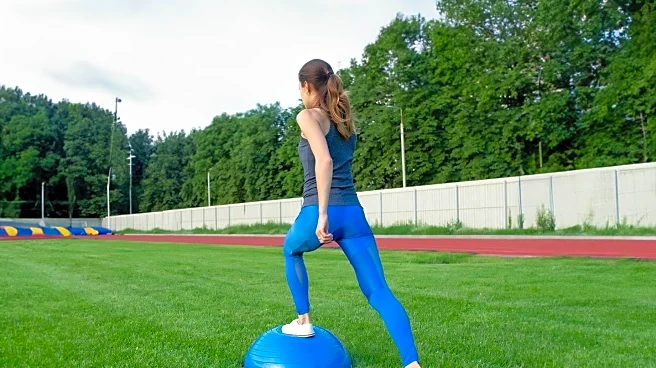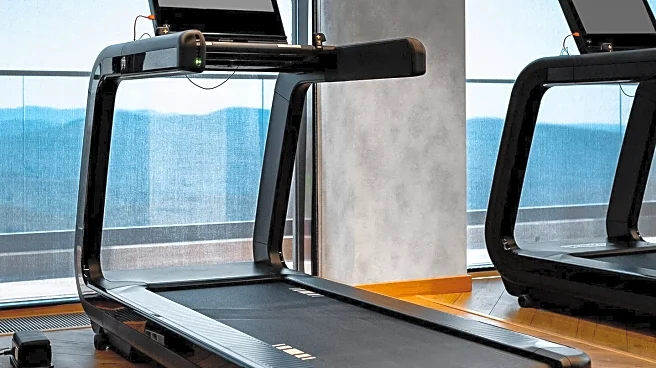What's Happening?
According to a recent report by the Sports and Fitness Industry Association (SFIA), Pilates has emerged as the fastest growing fitness modality in the United States over the past five years. Participation in Pilates has increased from 9.2 million to 12.9 million people, marking a nearly 40 percent rise since 2019. This growth outpaces other popular fitness activities such as yoga, which saw a 23.6 percent increase, and kettlebells, which grew by 21.2 percent. The report highlights that Pilates is particularly popular among women, who constitute about 70 percent of its participants. The appeal of Pilates lies in its low-impact nature, making it accessible to a wide range of fitness levels. It offers various forms of practice, including reformer, wall, and mat Pilates, which can be done at home or in a studio.
Why It's Important?
The rising popularity of Pilates reflects a broader trend towards fitness activities that are inclusive and adaptable to different lifestyles and fitness levels. This shift could have significant implications for the fitness industry, potentially influencing gym offerings and the development of new fitness programs. The increase in Pilates participation also suggests a growing awareness of the benefits of low-impact exercises, which are known to improve core strength, posture, flexibility, and mobility. As more people engage in Pilates, there could be a positive impact on public health, with potential reductions in joint-related injuries and improvements in overall physical well-being. The trend also highlights a shift in consumer preferences towards fitness activities that can be easily integrated into daily routines, whether at home or in a studio setting.
What's Next?
As Pilates continues to gain traction, fitness studios and gyms may expand their offerings to include more Pilates classes and equipment. This could lead to increased competition among fitness providers to attract and retain clients interested in Pilates. Additionally, the fitness industry might see a rise in the development of online and virtual Pilates classes, catering to those who prefer to exercise at home. The growing interest in Pilates could also spur innovation in related fitness products and accessories, such as reformers and mats, as companies seek to capitalize on this trend. Furthermore, as more people experience the benefits of Pilates, there may be an increased demand for certified Pilates instructors, potentially leading to more training and certification programs.












